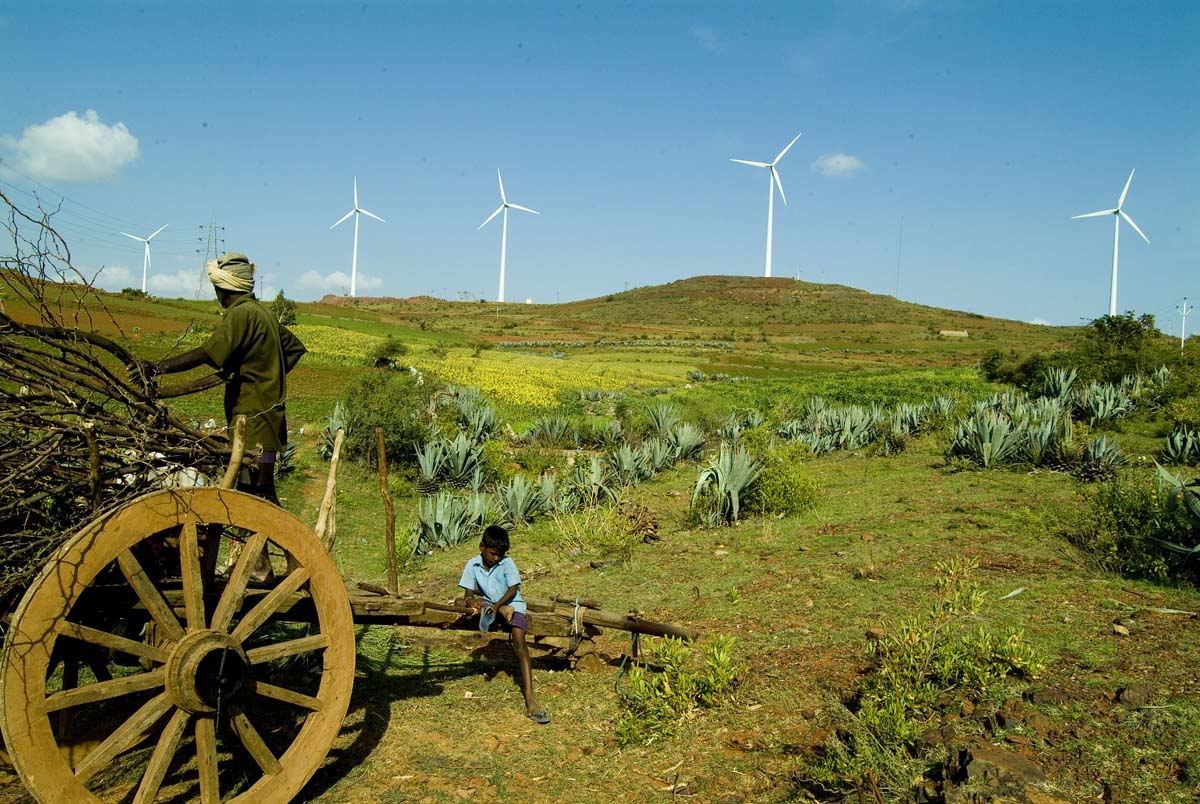
Land acquisition has been a tricky subject in the country of late. The issue has been discussed threadbare in the media over the last few years. But one point seems to have been missed out on. I came across this rather basic and very interesting point in Sanjoy Chakravorty’s book The Price of Land—Acquisition, Conflict, Consequence.
In this book published in 2013, Chakravorty uses data from the 2005-2006 agriculture census. I will use data from the 2010-2011 agricultural census in this column and make the same points that Chakravorty is making.
The basic point that Chakravorty makes is that it is easier to acquire land in states where the average landholding is larger in comparison to states where the average landholding is smaller. As Chakravorty points out: “In Kerala, where 96 per cent of all landholding are marginal, the average marginal holding size is 0.35 acres [the actual number is around 0.34 acres. The writer seems to have rounded it off to 0.35 acres]. In Bihar, where almost 90 per cent of all holdings are marginal, the average marginal holding size is 0.62 acres.”
How do things look if we were to use data from the 2010-2011 agricultural census? The above paragraph would read like this: “In Kerala, where 96 per cent of all landholding are marginal, the average marginal holding size is 0.33 acres. In Bihar, where almost 91 per cent of all holdings are marginal, the average marginal holding size is 0.61 acres.”
As we can see the numbers haven’t changed much between 2005-2006 and 2010-2011.
Chakravorty further points out: “In both these states [i.e. Bihar and Kerala] the marginal holdings make up little over half of all agricultural land area. In Tamil Nadu, Uttar Pradesh and West Bengal, over 75% of all landholdings are marginal. It may be very difficult to bring these lands to the market.”
In Bihar farmers with marginal landholders own 57% of all agricultural land. In Kerala, the number as of 2010-2011 stands at 58.6%. In Tamil Nadu, Uttar Pradesh and West Bengal, 90%, 79% and 82% of all landholdings are marginal.
What this means is that the moment a large amount of land needs to be acquired for an infrastructure project or setting up a factory or a mine, a large number of landholders need to be dealt with. In many cases, some arm of the government (state or central) wants to acquire land for private businesses. And this is not easy.
Further, many other states like Gujarat, Rajasthan and Punjab have larger average landholdings. As Chakravorty writes: “From the smallest landholders(marginal farmers in Kerala, averaging 0.35 acres per holding) to the largest (50 acres in several states, even larger in some), it is not difficult to see how a price such as Rs 10 lakh per acre can be perceived very differently by different landholders based on the size of their holdings. For example, an average large landowner in Gujarat would be paid more than Rs 4 crore for his land (because the average large landholding size in the state is over 41 acres), whereas the average marginal landowner in Kerala would be paid Rs 3.5 lakh.”
How do things look if we use 2010-2011 agriculture census data? The average large landowner in Gujarat owns around 52 acres. Hence, at Rs 10 lakh per acre he would be paid Rs 5.2 crore. In fact, even if we look at marginal landowner in Gujarat things are much better. The marginal landowner in Gujarat owns around 1.2 acres. At Rs 10 lakh per acre the payment is Rs 12 lakh. In Kerala, the average marginal landowner owns 0.33 acre as per the latest agriculture census, and this amounts to a payment of Rs 3.3 lakh. In Bihar with an average size of 0.61 acres, the payment would be Rs 6.1 lakh.
In fact, Punjab is another state where the average marginal landholding is significantly large. The average size in case of marginal landholding in Punjab is 1.5 acres. At Rs 10 lakh per acre, this would involve a payment of Rs 15 lakh. The average size of a landholding in Punjab is around 9.3 acres. And at Rs 10 lakh per acre, it would involve a payment of Rs 93 lakh.
Given this difference in average landholding size, it is easier to acquire land in parts of the country where average the landholding size is larger because that ultimately leads to higher payments. As Chakravorty writes: “Based on this information on land distribution alone, it is possible to conclude that land acquisition is likely to very difficult in some states; Kerala, Bihar, and West Bengal top this list. It is also likely to be significant challenge in Tamil Nadu and Uttar Pradesh, and to a lesser extent, in Andhra Pradesh and Assam.”
In fact, information is available even at a district and sub-district level. Given this, identifying parts of the country where land fragmentation is lower and hence, land acquisition should be easier. Nevertheless as Chakravorty puts it: “This is not hard to do because the information already exists. Having this information should make the task of identifying land for acquisition easier, but to the best of my knowledge, has never been done.”
This is not surprising given that there was very little resistance to forceful land acquisition carried out by the government up until very recently. But now that is no longer possible, hence, more out of the box solutions need to be looked at.
The column originally appeared on The Daily Reckoning on Dec 8, 2015

